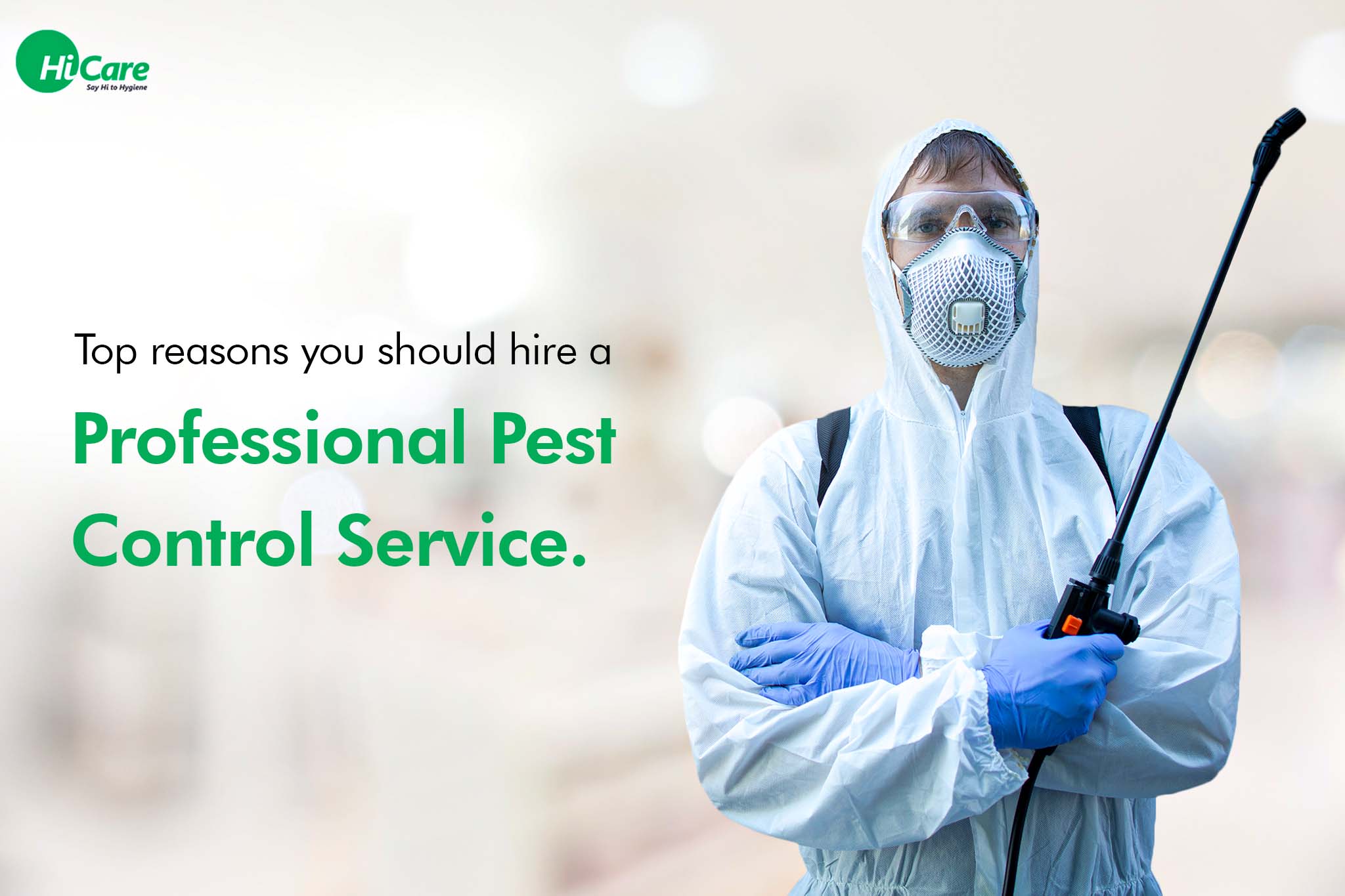Specialist A1 Charlotte Bed Bug Exterminator - Top Quality Solution Ensured
Specialist A1 Charlotte Bed Bug Exterminator - Top Quality Solution Ensured
Blog Article
Bed Insect Therapy Breakdown: Comparing Chemical Vs. Non-Chemical Solutions
In the world of pest control, especially when dealing with the consistent concern of bed bugs, the option in between chemical and non-chemical therapy services can be an essential one. Both approaches provide unique benefits and drawbacks, influencing aspects such as effectiveness, safety and security factors to consider, and overall price. By checking out the nuanced details of each technique, a more clear understanding of which course to pursue in dealing with a bed insect infestation can be acquired.
Effectiveness of Chemical Treatments
Chemical therapies for bed pest problems have been widely recognized for their rapid and powerful efficacy in eradicating these parasites. When taking into consideration the performance of chemical treatments, it is essential to understand that they can give a fast and extensive remedy to a bed pest issue.
In addition, chemical therapies have the benefit of supplying recurring effects, meaning that they can proceed to eliminate bed insects even after the first application. This residual action is specifically valuable in combating any kind of prospective re-infestations. Furthermore, the rapid action of chemical therapies can bring alleviation to individuals encountering serious bed pest invasions, allowing them to reclaim control of their space quickly.
Safety And Security Worry About Chemical Solutions
One critical aspect that needs mindful consideration when utilizing chemical services for bed bug therapy is making certain the safety and security of residents and the atmosphere. Exposure to particular chemicals made use of in bed pest therapies can lead to respiratory system concerns, skin irritability, or various other negative reactions, especially in individuals with pre-existing conditions or level of sensitivities.
In addition, the ecological effect of chemical services is one more significant factor to consider. Some chemicals utilized in bed insect treatments might be unsafe to valuable bugs, wildlife, and communities if they leach right into the soil or water systems. It is vital to utilize chemical therapies carefully, complying with safety standards, and thinking about less toxic choices to alleviate these risks and ensure the effective and secure administration of bed pest invasions.
Benefits of Non-Chemical Strategies
Considering the prospective security problems and environmental impact connected with chemical options for bed pest treatment, exploring non-chemical techniques offers an encouraging alternative with a number of distinct benefits. Non-chemical treatments are ecologically pleasant, as they do not add to air or water air pollution, making them a lasting selection for pest control.
In addition, non-chemical remedies can be efficient in targeting bed insects, including hard-to-reach locations where chemical therapies might not pass through - A1 charlotte bed bug exterminator. Approaches such as warmth therapy, vacuuming, heavy steam cleaning, and cushion encasements provide thorough obliteration without the usage of damaging chemicals.
Limitations of Non-Chemical Treatments

Furthermore, non-chemical therapies often need several applications to attain successful removal. This can Full Report be lengthy and might not constantly guarantee complete elimination of all bed insects and their eggs, specifically in hard-to-reach or hidden places.
Moreover, the success of non-chemical therapies greatly depends on proper implementation and thoroughness, which can be challenging for individuals without expert know-how. Poor application of non-chemical methods may result in incomplete eradication, leading to persistent invasions and the demand for added therapies.
Consequently, while non-chemical therapies have their benefits, it is vital to recognize these constraints and consider them when determining one of the most reliable strategy for taking care of bed insect invasions.
Expense Comparison: Chemical Vs. Non-Chemical Options
Provided the constraints connected with non-chemical therapies, a vital facet to assess in the context of bed pest administration is the price comparison in between chemical and non-chemical alternatives. In contrast, non-chemical therapies like heat treatment or vapor can be much more pricey, with costs ranging from $1,000 to $6,000 for a whole home. While the initial expense of chemical therapies may appear lower, multiple treatments may be called for to fully get rid of the infestation, potentially raising the overall price.
Conclusion

Taking into consideration the possible security concerns and ecological effect associated with chemical remedies for bed insect treatment, discovering non-chemical techniques presents an encouraging option with several distinctive benefits.Given the constraints associated with non-chemical therapies, a vital aspect to review in the context of bed insect monitoring is the expense comparison in between chemical and non-chemical options. In comparison, non-chemical treatments like warm treatment or heavy steam can be a lot more expensive, with costs varying from $1,000 to $6,000 for a whole home. While the initial price of chemical therapies might seem reduced, multiple therapies may be called for to completely get rid of the invasion, possibly boosting the general price.In final thought, when contrasting chemical and non-chemical bed bug therapy options, it is important to think about performance, safety and security, benefits, constraints, and cost.
Report this page